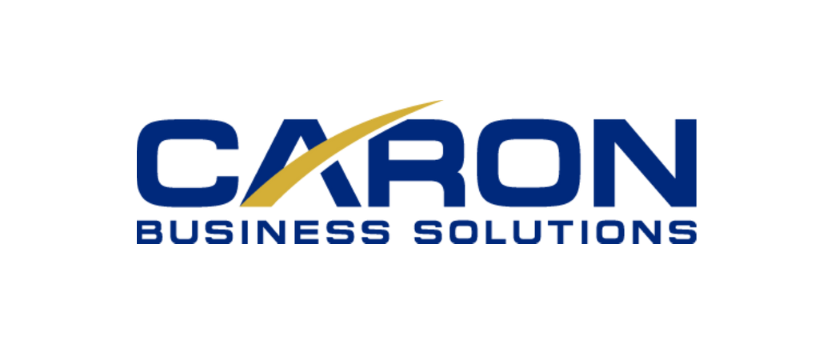When it comes to choosing the right Customer Relationship Management (CRM) approach for your business, it’s important to understand all the benefits before beginning your selection process. When you launch a CRM implementation, your choices can impact nearly everyone in your company.
These “Back to Basics” ideas for implementing a CRM program inside a business were collected from executives, managers, employees, and consultants who shared their experiences. The series was created by David Beard, CRM Principal at Sage. The goal of this series of articles is to provide you with useful information as you choose a new CRM system.
Following on from our previous article, let’s discuss a few more ideas:
5. Planning pays
Planning is an essential first step with considering a CRM system. Begin by defining the need for CRM. Arm yourself with the background information to justify the investment costs and to demonstrate where the benefits, savings and return on investment will come from.
Next, define the stakeholders in the project and work through a needs and benefits analysis to establish a common, company-wide goal for CRM. With this groundwork completed, you can now establish a budget, planning for the costs associated with identifying vendors, testing applications, implementation, integration, training, and support. A team should then be assembled to begin the drive towards completion of the project – a drive that begins with a clear description of your company’s objectives and any processes that will have to be modified to make the project successful. Remember, too – make sure the head of this team is a CRM champion – someone who completely believes that the CRM program will make a measurable difference to the company.
Good planning will involve discussions with internal and external customers. What are the best practices for your sales force, for your marketing team, for customer service? Also, consider the various types of data that are important to track for each group involved. Data required by different groups of system users, such as field sales representatives, may be different from those of customer service agents. Be sure that your planning considers the needs of each group by confirming that your data requirements list is complete.
Remember: any person, who requires information available through the CRM software should be considered a system user, whether he or she is an internal staff member, an external partner, or a customer.
6. Prepare for product demonstrations
Once possible products and vendors are identified, a demonstration will be a critical factor in determining which software is best for your company. But before inviting vendors in, be sure you have told them exactly what you are looking for. Why waste time evaluating a product that may be very functional but will not work in your environment?
When comparing several products it is advisable to establish a scoring system that makes it easy to track the various benefits and shortcoming of each product being evaluated. By tabulating these scores, the decision process is often simplified. But be sure to include qualitative information in these lists, such as a vendor’s history of innovation, customer satisfaction, financial stability and so on.
And finally, make sure the CRM implementation team attends the demo, and encourage them to share their concerns and feedback.
7. Implement relevant technology
When you choose a CRM system, make sure it’s based on current technology. Don’t let get talked into future promises. Insist on seeing a current version of the product as it can be deployed today. Equally important, don’t accept old technology that’s past its peak performance curve. You don’t want to have to replace the system in the near future.
Look at what is in the product roadmap, planned enhancements and other features that reassure you that this is a product being invested in by the vendor for the long term.
Take a view on its integration capabilities and plans and the relevance to your back office systems. Sage has taken an aggressive approach integrating CRM with their accounting solutions. Look at how the product can be used in and outside the office and on what devices. Decide whether the interface and usability are suited to your user type. A good business consultancy will be able to help you make the right decision. Good CRM suppliers should provide a test drive to demonstrate the power of their solutions.
8. CRM is not a single department solution
CRM solutions should provide company-wide benefits. But many products that claim to be CRM applications only address a single functional area such as marketing, sales force automation or customer support. True, these role-specific solutions may be adequate for their specific intended purpose. But what happens when your requirements broaden?
If you implement dedicated sales force automation software, for instance, and down the road realize that you also need to automate your marketing efforts, you have to start from scratch, looking for vendors, trying products – and wasting time. Plus, you’ll be faced with two separate products, two separate vendors and no single point of contact for support and problem resolution.
Even worse, with multiple point solutions, how will you share information across your company? Will information captured by the sales force automation software be leveraged in new marketing campaigns? Will marketing campaign data find its way to the customer support center where cross-selling opportunities could be made, or lost?
While it is true that custom code can be written to integrate products, a true CRM solution provides the functionality of any single function solution, as well as a cost-free, seamless way to add features and capabilities whenever you need them.
So, if your needs require it, don’t settle for anything less than a comprehensive solution that delivers on the true promise of CRM:
- Marketing campaign management
- Sales force automation
- Customer care
- Contact management
- Task management/scheduling



